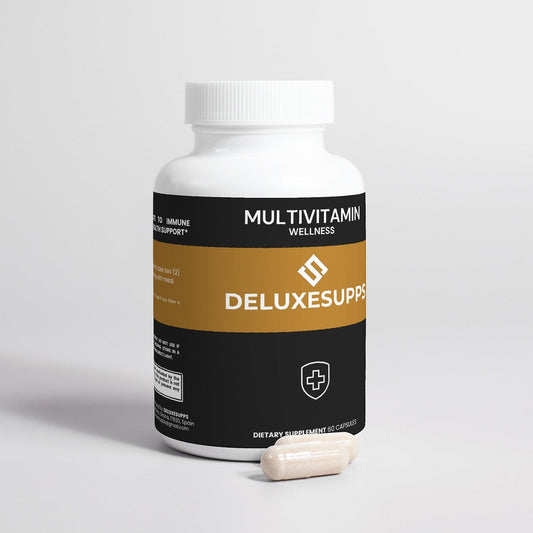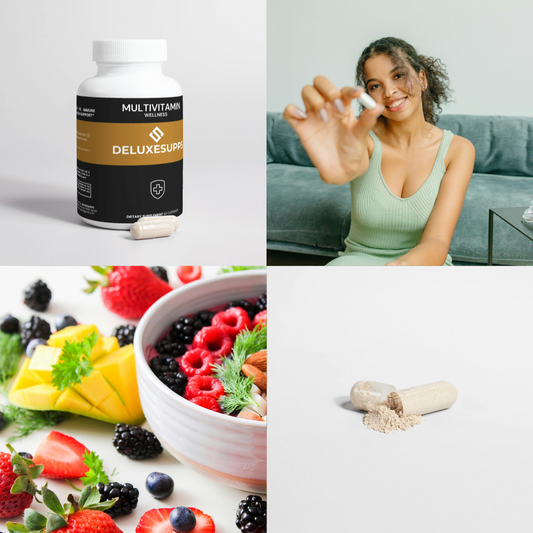Updated on: 2025-11-15
- Vitamin d3 k2 liquid drops overview: format, function, and typical uses
- Benefits and considerations often associated with vitamin D3 and K2 liquid drops
- How to use vitamin d3 k2 liquid drops: dosage and storage
- Safe d3 k2 liquid dosage: general guidance and measuring methods
- Choosing D3 plus K2 liquid drops: quality markers and label literacy
- Frequently asked questions about vitamin d3 k2 liquid drops
- Summary: making an informed choice about vitamin d3 k2 liquid drops
- Author bio
Vitamin d3 k2 liquid drops combine two fat-soluble vitamins in a convenient liquid format. Many consumers select this form for flexibility, clear serving instructions, and simple use with a calibrated dropper. If you are evaluating vitamin D3 and K2 liquid drops or D3 plus K2 liquid drops, this guide outlines key considerations without making medical or treatment claims. It explains dosage formats, usage steps, and how to compare labels in a practical, objective way. The goal is to help you navigate choices across any vitamin d3 k2 supplement presented as liquid drops.
Vitamin d3 k2 liquid drops overview: format, function, and typical uses
Vitamin d3 k2 liquid drops are typically oil-based solutions that contain cholecalciferol (D3) and a form of K2, often MK-7 or MK-4. The liquid format allows serving adjustments by counting drops or measuring milliliters with a dropper. Labels usually state the amount of D3 and K2 per serving and describe how many drops equal one serving. The primary appeal is straightforward measuring and the option to integrate into a daily routine with minimal effort.
Discussions about D3 and K2 often reference calcium transport and the body’s use of fat-soluble vitamins. This guide does not offer health claims. Instead, it focuses on how to interpret packaging, recognize common ingredient forms, and use the product as directed on labels. If you prefer liquids to capsules or tablets, vitamin d3 k2 liquid drops may be easier for you to measure and take consistently.
Customizable dosing with liquid drops
Many buyers value control over serving size. Drops can be adjusted to align with the label’s serving guidance. This can be useful for households with different preferences, as long as each user follows the product label.
Absorption and format preferences
Liquid formats are selected for ease of swallowing and for pairing with food, as directed. Some users prefer unflavored formulas, while others choose mild flavors. Your selection can prioritize taste neutrality, simplicity, or a specific carrier oil.
Storage and stability
Most vitamin d3 k2 liquid drops require cool, dry storage away from light. Some labels advise refrigerating after opening, while others do not. Following the storage instructions on your product helps preserve quality over time.
Benefits and considerations often associated with vitamin D3 and K2 liquid drops
This section summarizes features that many consumers look for in vitamin d3 k2 liquid drops. It does not make health or efficacy claims, and it does not recommend use for any condition.
- Flexible serving sizes using drops or milliliters, as stated on the label.
- Clear instructions printed on dropper bottles for easy measuring.
- Option to choose unflavored formulas or light flavors as preferred.
- Portable packaging suitable for travel or office settings.
- Ability to review precise amounts of D3 and K2 per serving on the label.
- Compatibility with various carrier oils, such as MCT or olive oil, according to preference.
People often search for the phrase best vitamin d3 k2 liquid drops for bone health. When you see this phrasing on the web, consider evaluating product quality, form, and verified testing rather than relying on broad claims. The practical steps below explain how to do that with clarity and care.
How to use vitamin d3 k2 liquid drops: dosage and storage
The following step-by-step guide explains how to use vitamin d3 k2 liquid drops dosage and storage directions in a neutral, product-agnostic manner. Always follow the specific instructions on your bottle.
Step 1: Check the label and serving size
Locate the Supplement Facts panel. Identify the stated serving size, the amounts of D3 and K2 per serving, and the number of drops per serving or milliliters per serving. Note any age or use directions and any advisories.
Step 2: Prepare the bottle
Gently shake the bottle if the label advises it. Some formulas do not require shaking. Wash and dry your hands before use. If using a reusable dropper, ensure it is clean and dry.
Step 3: Measure precisely
Count drops carefully over a spoon or glass, or draw up the liquid to the marked line on a calibrated dropper. Avoid guessing. Use consistent lighting to see dropper markings and prevent overpouring.
Step 4: Take with consistency
Follow the product-specific timing instructions. Some users choose to take vitamin d3 k2 liquid drops with a meal if the label suggests doing so. Consistency helps you follow your chosen routine accurately.
Step 5: Track your intake
Record the number of drops or milliliters taken each day. A simple note on your phone or calendar can reduce mistakes and prevent double servings.
Step 6: Store correctly
Close the cap firmly. Store as directed on the label, usually in a cool, dry place away from direct light. Keep the dropper clean and avoid touching the glass tube with your mouth or hands.
Safe d3 k2 liquid dosage: general guidance and measuring methods
Because products vary, d3 k2 liquid dosage should always follow the label on your specific bottle. Different brands provide different amounts of D3 and K2 per serving. For example, some bottles define a serving as a set number of drops; others define it as a number of milliliters. If the label provides a per-serving value and a drop count, you can calculate the per-drop amount by dividing the per-serving value by the number of drops per serving. This helps you measure accurately if you do not take a full serving.
If you are unsure how many drops to take daily for vitamin d3 k2 liquid supplements, use the directions printed on your product. If you have personal questions about your intake, consider speaking with a qualified professional who can provide individualized guidance. This guide does not provide medical advice or recommendations.
Choosing D3 plus K2 liquid drops: quality markers and label literacy
The market offers many D3 plus K2 liquid drops. The points below help you compare options without relying on claims. They focus on clear product information, construction, and third-party assurances.
Ingredient forms and carrier oils
- Vitamin D3 form: Many labels list cholecalciferol as D3.
- Vitamin K2 form: MK-7 and MK-4 are common; labels should specify which is used.
- Carrier oils: MCT oil, olive oil, or other oils are often selected; choose based on your preferences.
- Allergen and additive profile: Review any flavoring, sweeteners, or allergens listed.
Quality testing and certifications
- Third-party testing: Look for statements about independent verification where available.
- Manufacturing standards: Labels sometimes describe facility standards; review this information if provided.
- Transparency: Clear serving facts and lot numbers can support traceability.
Packaging and dropper design
- Light-protective bottles: Amber or dark glass is commonly used to help shield contents from light.
- Calibrated droppers: Markings in milliliters can simplify accurate measuring.
- Tamper-evident seals: A fresh, intact seal provides basic assurance on first opening.
To compare a wider range of formulas and formats, you can start with a broad store overview on Shop all. If you have specific questions about a product’s label, reach out via the store’s Contact page. For more neutral product education and shopping tips, browse the store’s Blog. You can also return to the Home page at any time to navigate by category.
Frequently asked questions about vitamin d3 k2 liquid drops
What are the health benefits of vitamin D3 and K2 in liquid drops?
Public discussions about vitamin D3 and K2 often refer to their roles as fat-soluble vitamins and their involvement in calcium handling. This article does not make health claims or recommendations. Liquid formats simply offer a measurement method that some consumers find convenient. For personal guidance, consider consulting a qualified professional.
How many drops should I take daily for vitamin D3 K2 liquid supplements?
Follow your product’s label. Brands vary in how many drops equal one serving. If needed, use a simple calculation: per-serving amount divided by drops per serving equals the per-drop amount. This helps you measure accurately if you choose a partial serving. For individualized advice, consult a professional.
Is it better to take vitamin d3 k2 liquid drops in the morning or evening?
Choose a consistent time that fits your routine and follows the label. Some users take liquid drops with food if the label suggests doing so. The priority is consistent use as directed on your product.
Can children or older adults use vitamin d3 k2 liquid drops?
Use depends on the product and the instructions printed on the label, which may list age-related directions or advisories. When in doubt, speak with a qualified professional who can consider individual factors. This guide does not offer medical advice.
Summary: making an informed choice about vitamin d3 k2 liquid drops
Vitamin d3 k2 liquid drops offer a simple format for measuring serving sizes and building a consistent routine. The most useful information is on the label: serving definitions, drop counts, per-serving amounts, and storage instructions. Careful reading, precise measuring, and clean storage are practical steps you can apply with any brand. To compare options, review ingredient forms, carrier oils, third-party testing statements, and dropper design. Use this neutral checklist to evaluate products confidently and contact a professional if you need individualized guidance.
Author bio
Deluxesupps Deluxesupps
Deluxesupps Deluxesupps specializes in clear, product-agnostic guidance for vitamins and nutrition formats, including vitamin d3 k2 liquid drops. The goal is to help readers interpret labels, compare options, and use products as directed. Thank you for reading, and feel free to reach out with questions.
The content in this blog post is intended for general information purposes only. It should not be considered as professional, medical, or legal advice. For specific guidance related to your situation, please consult a qualified professional. The store does not assume responsibility for any decisions made based on this information.












